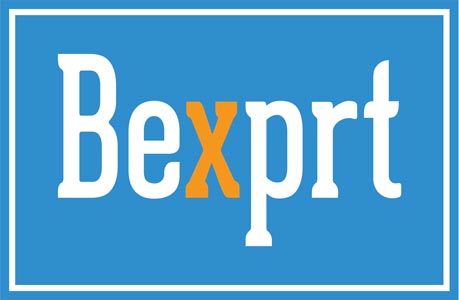Legacy telephony systems: the digital path forward
In this blog post, Ayman ElBetaway, Bexprt’s Core Networks Deployment Technical Lead, provides an overview of the legacy issues, and the digital path forward for businesses’ telephone systems.
How long will the legacy systems last?
Traditional analog telecommunications systems are nearing the end of their product lifecycles, and if your business has not yet upgraded, now is the time to decide how and when to replace it and head down a new, more viable path. In many countries, PSTN and ISDN lines can no longer be installed – for example, this is the case in much of the UK now, and existing UK copper connections will be switched off at or before the end of 2025. With deadlines looming, and significant technology and financial benefits, what is the alternative? Deploy Voice over Internet Protocol (VoIP), an Internet Protocol (IP)-based solution for voice – and the opportunities presented by VoIP are too great to be ignored.
Traditional fixed-line telephony
On March 10th, 1876 Alexander Graham Bell made the first voice call to his assistant Thomas Watson: “Mr Watson – come here – I want to see you”. Almost 147 years later, in many countries, traditional voice calls continue to be carried over copper cables between many homes and businesses.
The greatest challenge fixed-line telecom providers are facing is that their existing platforms are on the verge of being end-of-life. It has become increasingly challenging to obtain parts, and find vendors to support those legacy systems.
Enterprises have traditionally maintained separate networks for private data, voice and internet applications, which leads to high capital and operating expenses that were associated with maintaining, upgrading, and managing multiple networks.
Maintenance charges are high, requiring support staff and cabling systems.
Additionally, capacity expansion is a challenging problem and technically constrained by TDM (time-division multiplexing) used in traditional legacy fixed-line telephony.
VoIP evolution
VoIP (Voice over Internet Protocol) and SIP (Session Initiation Protocol) are protocols that enable a voice or video call to be converted to data. VoIP software formats speech and video calls for transfer over a digital data network – via the internet, local, corporate, or mobile phone data networks. SIP creates a dedicated ‘data tunnel’ on the same computer networks so that VoIP and media streaming is handled efficiently with minimum errors and optimized quality.
Business benefits of VoIP
- Creating new business revenues for the traditional telecom industry by providing cheaper rates.
- Reducing the capex investment by avoiding purchasing hardware at each site.
- Greater flexibility in call routing, plus additional features like handover from desk phone to mobile phone.
- Flexibility in integration with VoIP applications, including MS Teams and Skype for Business.
- Rapidly increasing capacity of SIP trunks, removing any business growth constraints.
While there are demonstrable advantages, VoIP for business also carries some risks. These are some examples for the most common VoIP security risks that businesses should be aware of,
- DoS & DDoS attacks
- Embedded Malware
- Spam Over IP Telephony (SPIT)
- Telephony Denial of Service (TDoS)
- Toll Fraud.
Building up & bridging out
To experience a seamless migration from legacy TDM to IP, businesses must embark on a methodical and deliberate network evolution.
The SBC (Session Border Controller) is a call processing network element located topologically at the edge of a service provider or enterprise network to protect VoIP networks, as well as provide call management functionalities. The main protocol used is SIP, the current industry standard. The SBC acts as a SIP back-to-back user agent.
SBC provides,
- Session management (call routing)
- Edge security (e.g. topology hiding and signaling, firewall)
- Policy enforcement
- Signaling and media interworking (normalisation, transcoding)
- Advanced real-time session monitoring.
Seeking a more radical revolution?
If your office footprint and staff working patterns have changed significantly over recent years, you might be considering a more radical approach, and be thinking about completely removing your fixed line phones and data cables. This very much depends on your business use cases – for example, it is unlikely to be suitable for a call centre! Some companies with simpler telephony needs have moved everything across to mobile networks, especially with the rollout and speeds achievable on 5G. This “mobile network only” approach has flexibility benefits, but might not suit heavy data network usage, or use cases with high-availability needs – an “all-mobile” revolution needs careful consideration and capacity assessment. We always recommend that a thorough understanding of use cases must first be undertaken, before looking at digital transformation options!
How can Bexprt help?
If your business needs assistance working out how to evolve legacy phone and data systems, get in touch. We can assist your business with all elements of assessment, implementation and upgrade to evolve your legacy network to VoIP and SIP, or help you in considering an all mobile-network revolution.
We’re always happy to have an informal, exploratory conversation, email us at hello@bexprt.com
Bexprt ◦ Your business enablement partner
Business Consulting ◦ Cloud Consulting & Services ◦ ICT Professional Services ◦ Cyber Security Services
Image credit: Pawel Czerwinski




